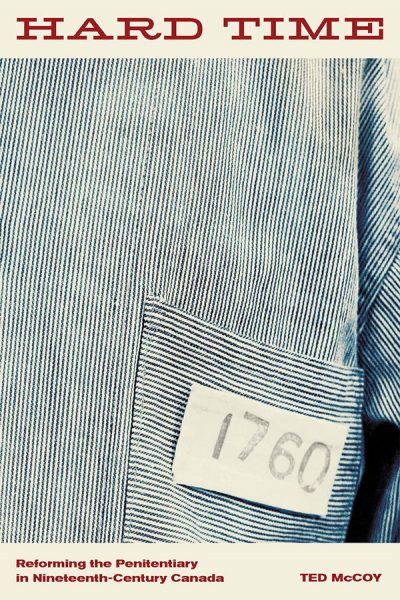Reel Time Movie Exhibitors and Movie Audiences in Prairie Canada, 1896 to 1986
Robert M. Seiler and Tamara P. Seiler

Subjects: Canadian History, Canadian Studies, History, Law
Imprint: AU Press
Prisons have always existed in a climate of crisis. The penitentiary emerged in the early decades of the nineteenth century as an enlightened alternative to brute punishment, one that would focus on rehabilitation and the inculcation of mainstream social values. Central to this goal was physical labour. The penitentiary was constructed according to a plan that would harness the energies of the prison population for economic profit. As such, the institution became central to the development of industrial capitalist society. In the 1830s, politicians in Upper Canada embraced the idea of the penitentiary, and the first federal prison, Kingston Penitentiary, opened in 1835. It was not long, however, before the government of Upper Canada was compelled to acknowledge that the penitentiary had not only failed to reduce crime but was plagued by insolvency, corruption, and violence. Thus began a lengthy program of prison reform.
Tracing the rise and evolution of Canadian penitentiaries in the nineteenth century, Hard Time examines the concepts of criminality and rehabilitation, the role of labour in penal regimes, and the problem of violence. Linking the lives of prisoners to the political economy and to movements for social change, McCoy depicts a history of oppression in which prisoners paid dearly for the reciprocal failures of the institution and of the reform vision. Revealing a deeply problematic institu- tion entrenched in the landscape of Western society, McCoy redraws the boundaries within which we understand the penitentiary’s influence.
Hard Time is chock full of lively correspondence from wardens, politicians, and inmates that elucidate 19th-century conditions, though the author stops short of saying today’s prisons are much better. Instead, he argues that many shortcomings are unresolved, many cruelties remain unchanged, and more starkly, he questions whether prison oppression may be inevitable.
Alberta Views
This work is licensed under a Creative Commons License (CC BY-NC-ND 2.5 CA). It may be reproduced for non-commercial purposes, provided that the original author is credited.